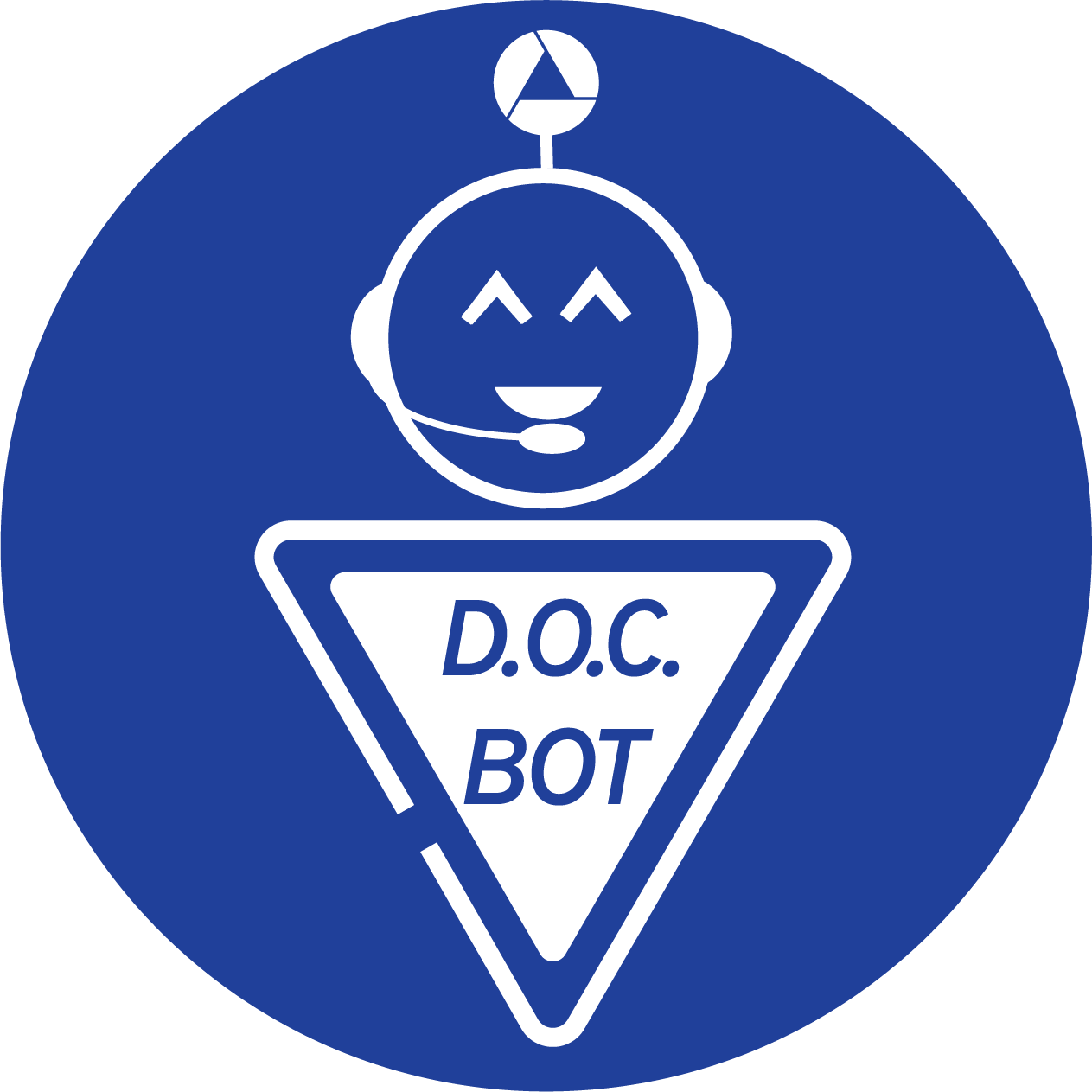
Vivek Thumbigere Math, BDS, PhD, is an Assistant Professor in the Division of Periodontics at the University of Maryland School of Dentistry. He received his Bachelor of Dental Surgery (BDS) from India and completed his PhD and Periodontology residency training at the University of Minnesota. Later, he completed his postdoctoral fellowship at the NIH under the mentorship of Dr. Martha Somerman.
Dr. Math is a board-certified periodontist and treats patients and is involved in didactic and clinical teaching of dental students and periodontology residents. Additionally, he leads an NIH-funded independent research lab investigating periodontal disease pathogenesis, osteoimmunology, and the interconnection between oral and systemic diseases.
Please briefly describe your background and research interests:
My research began with dual periodontology residency and Ph.D. training at the University of Minnesota. I later pursued a postdoctoral fellowship at the NIH under the mentorship of Dr. Martha Somerman (former Director of NIDCR). As a clinician-scientist, I integrate clinical expertise with basic and translational research. My current research centers on how periodontal disease influences systemic conditions such as inflammatory bowel disease and osteoporosis. I also investigate rare conditions like Multiple Idiopathic Cervical Root Resorption. Through interdisciplinary collaboration, my goal is to bridge oral and systemic health to inform new therapeutic strategies.
What has been the most valuable benefit of AADOCR membership to you?
The most rewarding aspect of my AADOCR membership has been the exceptional networking and collaboration opportunities. Connecting with leaders and researchers worldwide has significantly enhanced the scope and impact of my research. Additionally, serving in leadership roles on several AADOCR committees has also enabled me to actively advocate for oral health research and influence important policies at both national and international levels. These experiences have been instrumental in my professional growth and in strengthening my commitment to advancing oral and systemic health.
Did you attend the 2025 AADOCR Annual Meeting in New York? If so, which parts were the most memorable for you?
Yes, I attended the 2025 AADOCR Annual Meeting in New York. The most memorable aspects were the vibrant discussions and innovative research presentations in oral and poster sessions, especially those highlighting the connections between periodontal health and broader systemic conditions. The dynamic exchange of ideas and the enthusiasm among peers were genuinely inspiring. Additionally, this event provided an invaluable platform to strengthen existing collaborations and initiate promising new partnerships.
What is the best way for other members to become more involved in AADOCR?
The most effective way to get involved in AADOCR is by actively participating in meetings, presenting research, and joining committees that align closely with one's interests and expertise. Volunteering for leadership roles, even starting at local sections, can significantly enhance one's professional experience and provide opportunities to influence the future of dental research. Additionally, participating in advocacy initiatives such as the AADOCR Advocacy Day on Capitol Hill offers meaningful ways to contribute to critical policy discussions.
What advice would you give someone who is just starting off in the field of dental, oral, and craniofacial research?
Seek out strong and supportive mentors who can guide you professionally and personally. Be proactive in building interdisciplinary collaborations—this broadens your perspective and enhances the impact of your work. Joining organizations like AADOCR early in your career can open doors to remarkable opportunities and networks that accelerate your professional growth. Above all, remain curious, adaptable, and resilient. Embrace challenges as opportunities to grow and always stay open to learning and evolving your research focus based on emerging insights and discoveries.




